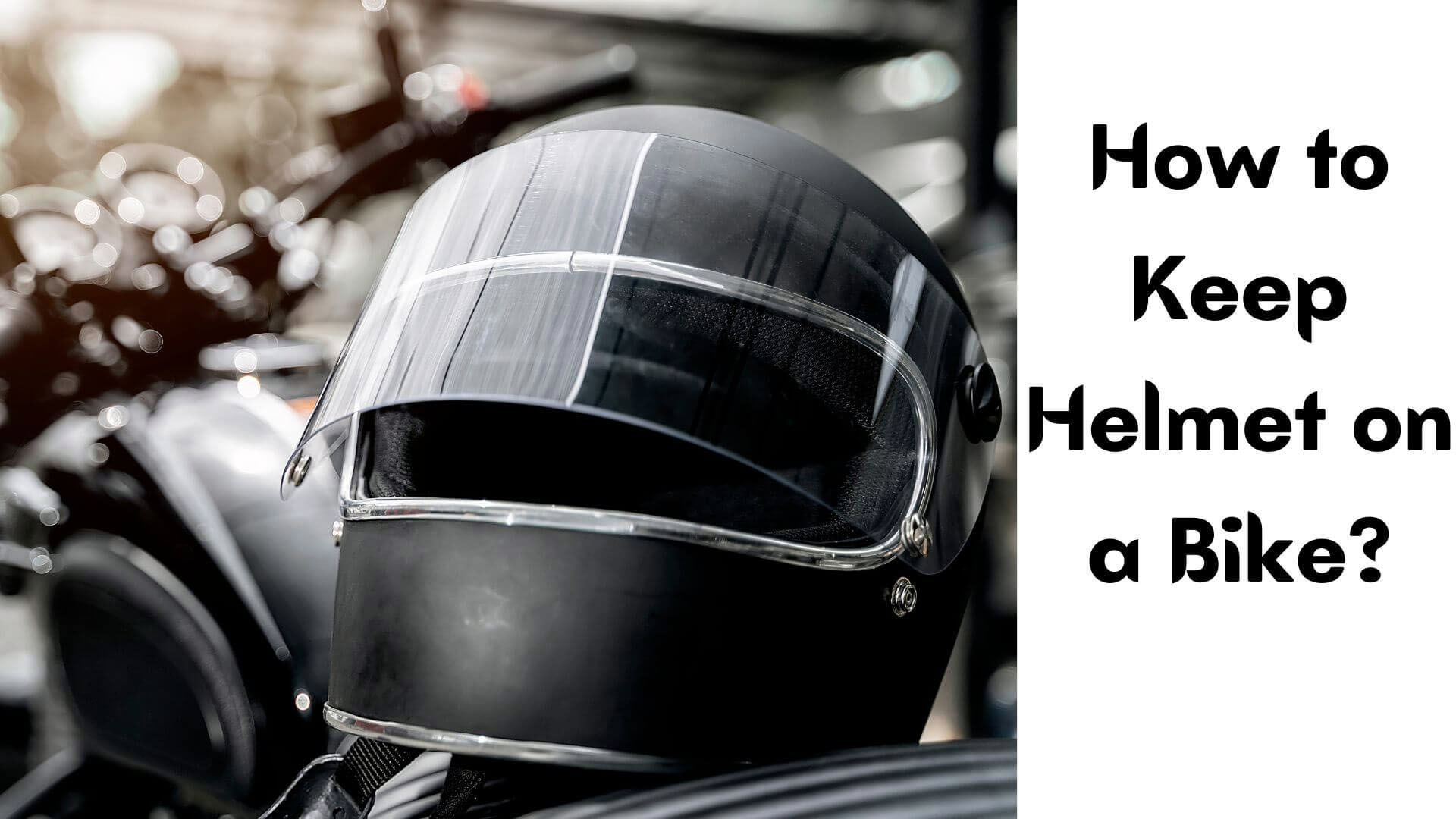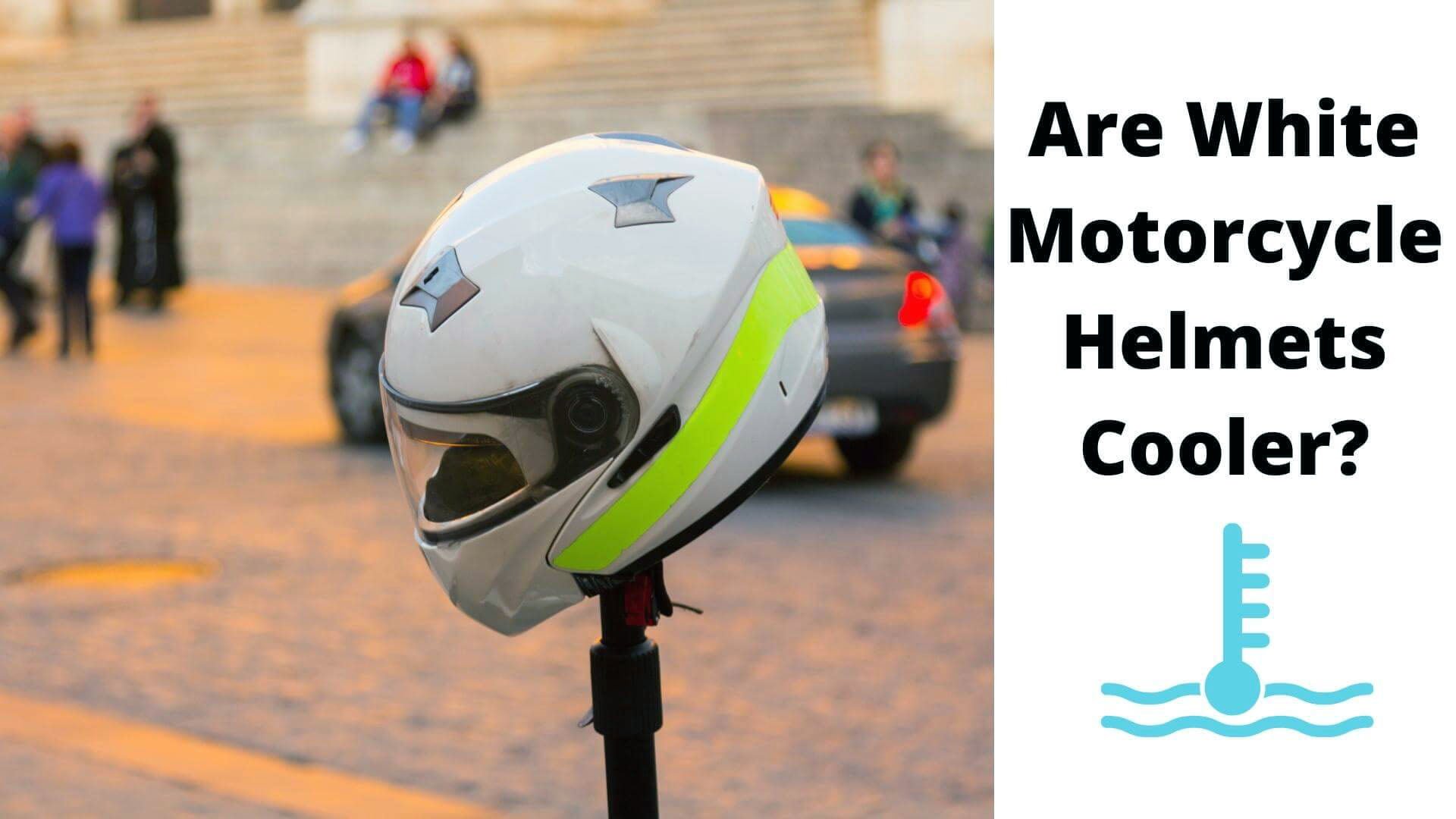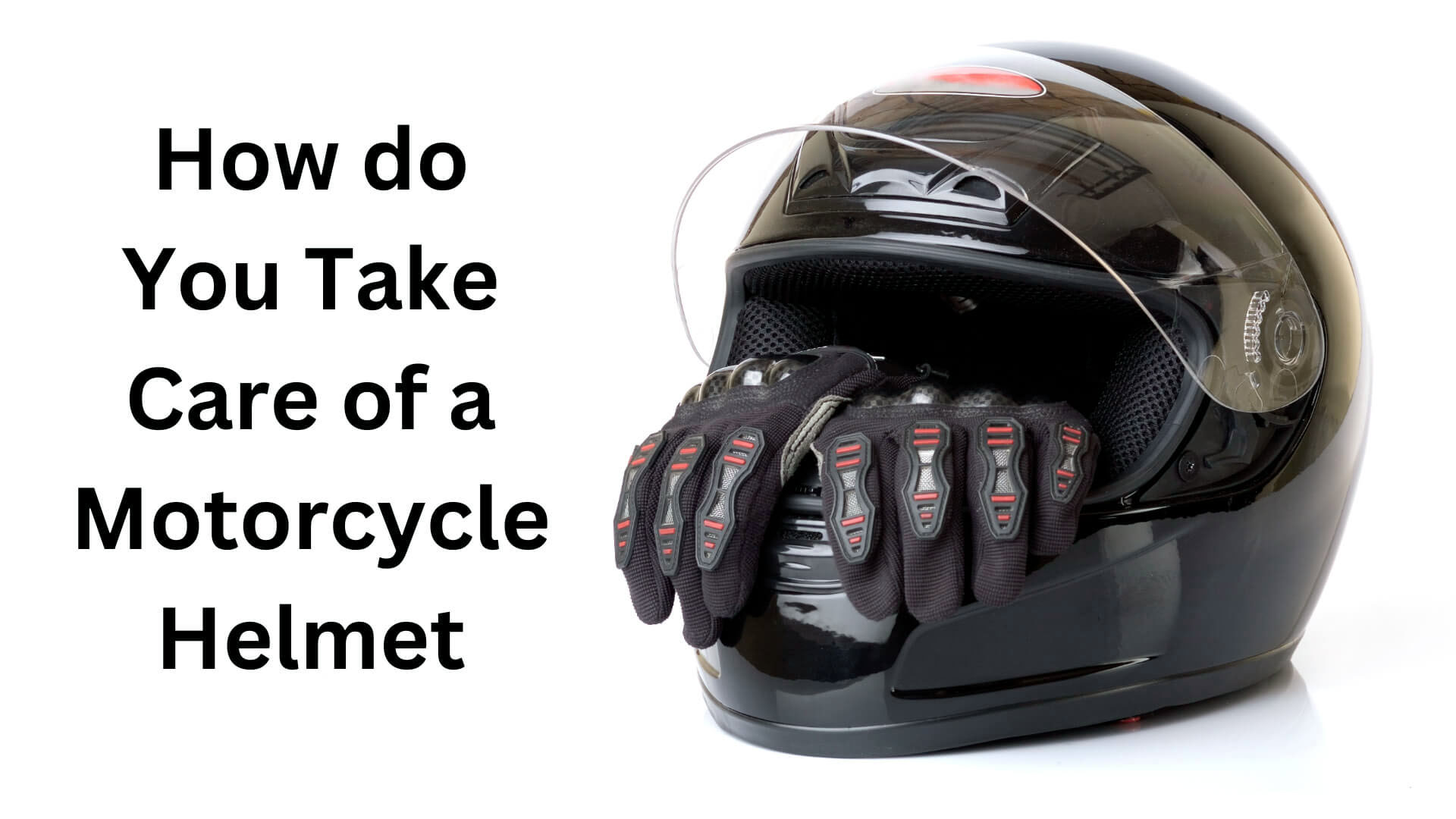Are Welding Helmets Necessary? Unmasking the Truth
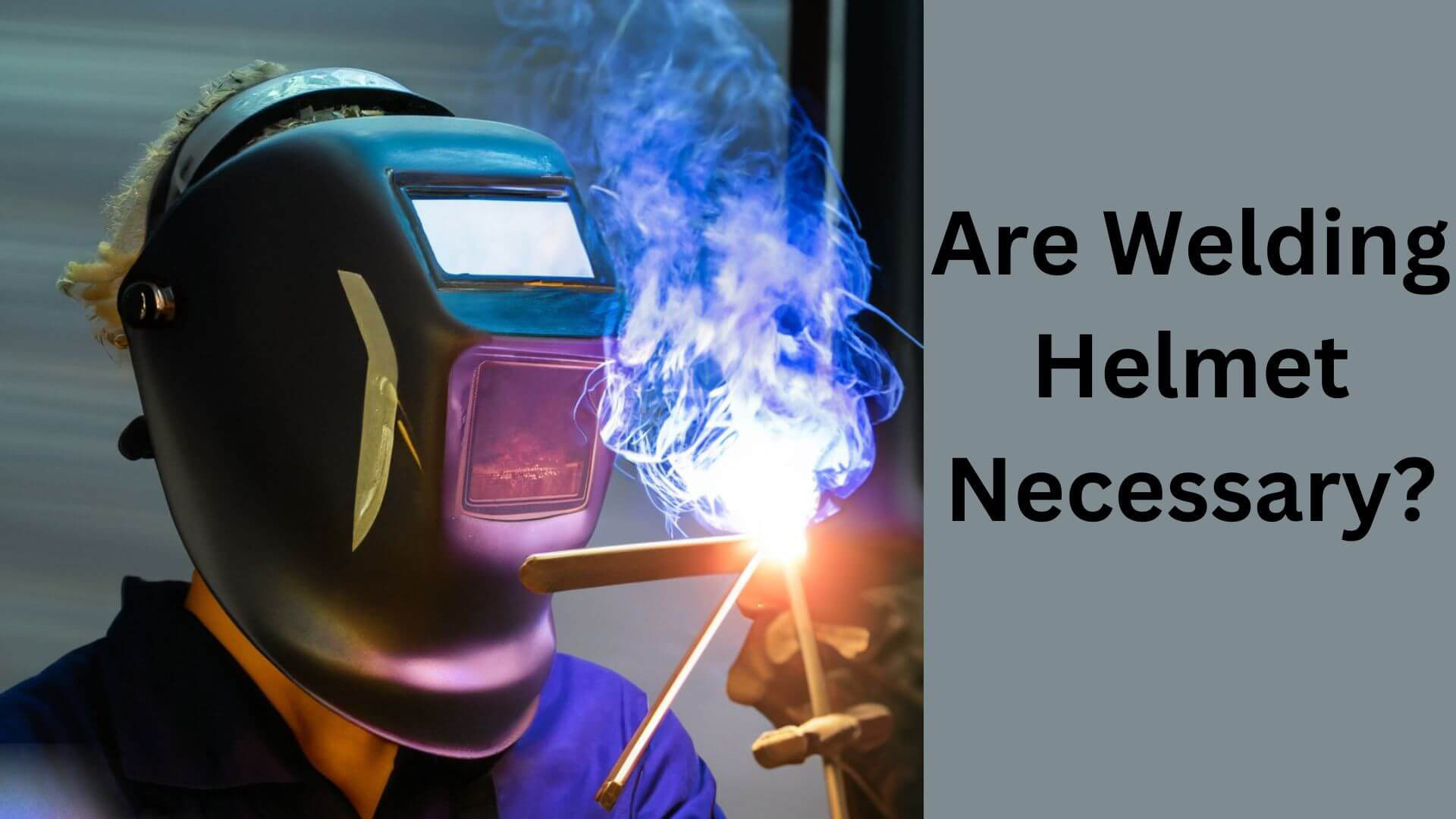
Welding helmets are necessary for welders to protect their eyes and face from harmful flashes and debris. Welding without goggles or helmets can lead to severe injuries or even blindness.
As a welder, safety should be your top priority. Welding produces intense light and heat that can cause permanent damage to your eyesight. This is why welding helmets are an essential piece of protective gear.
Welding helmets protect against harmful flashes, debris, and your face and neck from burns and radiation.
In this article, I will discuss why welding helmets are necessary, the types of welding helmets available, and how to choose the right one for you.
The Importance Of Welding Helmets
Welding is a challenging and dangerous job requiring proper protective gear. Among these gears, the welding helmet is one of the most important.
1. Protecting The Eyes And Face From Uv Radiation And Sparks
Welding helmets protect workers from harmful UV radiation emitted during welding. Welding helmets can also prevent eye damage and blindness caused by the sparks generated. Here are the key points you should know:
- Welding produces intense UV radiation that can cause long-term damage to the eyes and skin.
- Welding helmets have a shading lens that can filter out UV radiation and visible light.
- Sparks and debris generated during welding can cause severe facial injuries.
2. Required Safety Equipment According To Osha
Osha (occupational safety and health administration) sets safety standards and requirements for workplaces where welding activities occur. The agency has specifically outlined standards for welding helmets. Here are the key points you should know:
- Osha has outlined the need for wearing proper personal protective equipment (PPE) during welding activities.
- Welding helmets are one of the mandatory pipes that workers should wear while performing the task.
- Osha also requires that welding helmets meet specific standards to ensure the effectiveness of the equipment.
3. Risk Of Eye Damage And Blindness Without Proper Helmet Use
Failure to use a welding helmet can lead to severe eye injuries and blindness, which can be prevented by proper equipment usage. You should remember the following points:
- During welding, intense UV radiation, and visible light can cause flash burns, impaired vision, and cataracts.
- Workers who do not wear helmets are 15 times more likely to suffer from these types of eye injuries.
- Immediate symptoms of eye damage may not be visible, but the risk of long-term damage increases with each unprotected exposure.
Read More: Adjusting Your Welding Helmet for Optimal Performance
4. Case Studies Of Accidents Due To Lack Of Helmet Use
Several accidents have occurred in workplaces that were caused by the failure to wear welding helmets. Here are some examples:
- At a construction site, a worker suffered from retina damage and permanent vision loss after a welding arc caused by a co-worker’s working electrode hit the worker’s unprotected eyes.
- In another incident, a welder who wasn’t wearing a helmet suffered from burns on his face and eyes when the slag from the welding process flew into his unprotected face.
Welding helmets are crucial for preventing serious injuries and ensuring a safe working environment. By following Osha’s regulations and guidelines and utilizing the proper PPE, welders can protect themselves from damage to their eyes and face.
Read More: Through the Lens: Exploring the Inner Workings of Welding Helmets
Features Of Welding Helmets
Welding is a crucial task that requires the utmost safety measures. One such essential safety gear is a welding helmet.
A welding helmet protects from the sparks, heat, and radiation generated during welding. This section will discuss the key features of welding helmets that make them absolutely necessary.
Auto-Darkening Vs. Passive Lenses
| Feature | Auto-Darkening Lens | Passive Lens |
| Darkening Speed | Instantaneous | N/A |
| Shade Selection | Adjustable (multiple shades available) | Fixed (single shade) |
| Lens Reaction Time | Sensors detect arc and darken immediately | N/A |
| Viewing Area | Generally larger | Generally smaller |
| Optical Clarity | High | High |
| Convenience | Eliminates need to lift helmet repeatedly | Requires frequent manual lifting of helmet |
| Eye Strain | Reduced due to adjustable shade levels | Possible eye strain due to fixed shade |
| Versatility | Suitable for different welding processes | Suitable for specific welding processes |
| Cost | Generally higher | Generally lower |
| Battery/Power Source | Requires batteries or solar power | N/A (No power source required) |
| Welding Accuracy | Improved visibility and precision | Adequate visibility |
| User-Friendly | Easy to use and adjust | Simple, but requires manual adjustment |
| Safety | Provides constant protection | Protection only when the helmet is lowered. |
Read More: Shield Your Skills: Mastering the Art of Welding Helmet Usage
Choosing The Right Helmet For The Welding And Environment
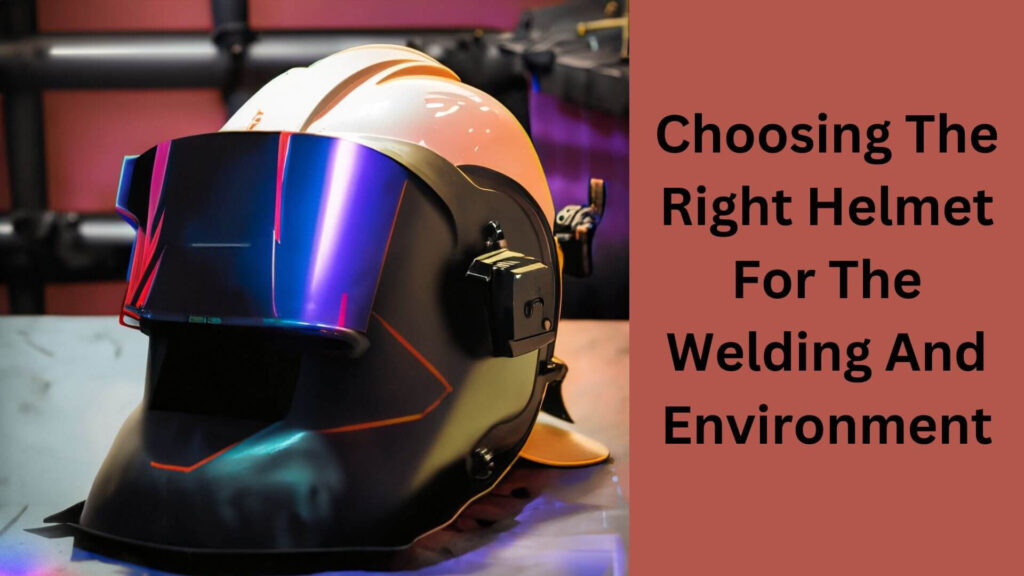
Choosing the fitting helmet for the type of welding and environment is crucial. Welding helmets come in different sizes, shapes, and features suitable for different types of welding.
The welding environment also affects the selection of a helmet. For instance, if welding is performed outdoors, selecting a helmet with a broader view provides better visibility.
- Selecting the appropriate helmet for the welding environment enhances user experience.
- The type of welding determines the helmet type and shade selection
- Ensuring the helmet’s proper fit, and adjustability provides maximum protection.
Welding helmets are essential for welders’ safety. Selecting the appropriate helmet type, shade selection, and material ensures maximum protection, enhances user experience, and promotes productivity.
Welders must not compromise on the quality of the welding helmet and must prioritize their safety while at work.
Read More: How Long Should a Welding Helmet Last?
Proper Use And Maintenance Of Welding Helmets
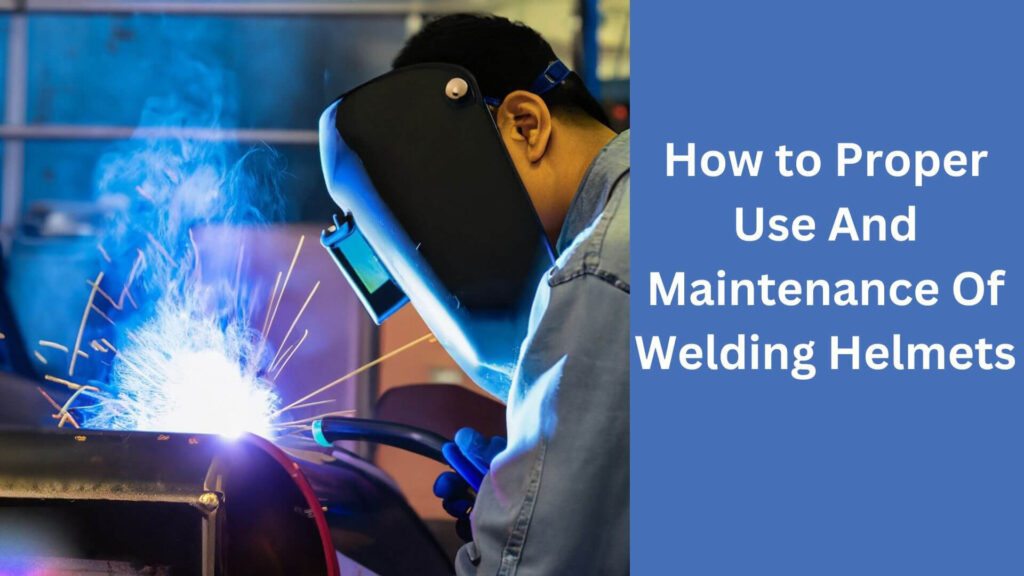
Welding is vital in various industries, such as construction, manufacturing, and repair. Welding helmets are essential to prevent harmful exposure to flames, spatter, and UV radiation. Welding helmets also offer protection from metal debris and electric shock.
However, the benefits of welding helmets are only effectively harnessed when used and maintained correctly.
Read on as I explore the importance of properly using and maintaining welding helmets and how to achieve them.
1. Tips For Proper Fit And Adjustment
Properly fitting and adjusting welding helmets ensure maximum safety and comfort and reduce the risk of accidents. Here are tips for proper fit and adjustment:
- Place the helmet over the head and adjust the headgear until it sits comfortably and levelly on the forehead.
- Ensure the helmet’s front is lowered to protect the face and neck correctly.
- Adjust the controls for proper sensitivity and delay.
- Use a helmet with an appropriate lens shade that matches the welding process.
2. Importance Of Regular Lens Cleaning And Replacement
A dirty lens reduces visibility and increases the risk of eye injury. Keeping the helmet lens clean and replacing it when necessary is vital. Here are the key points:
- Use a clean, dry cloth or lens cleaning solution to wipe your helmet’s lens after every use.
- Replace the lens when it is pitted, scratched, or discolored.
- Clean the helmet’s exterior regularly, especially the sensors and the cover lens, to ensure proper functioning.
3. Inspection And Maintenance Guidelines
Welding helmets require regular maintenance and inspection to ensure they function correctly. Here are some guidelines:
- Check the helmet for cracks, dents, or signs of wear before and after use.
- Inspect the headgear, lens, and filters for any signs of damage before use.
- Replace the helmet’s batteries regularly.
- Lubricate all moving parts as recommended by the manufacturer.
4. Storage And Transportation Considerations
Storage and transportation also play an essential role in the maintenance of welding helmets. Here are some guidelines:
- Store the helmet in a cool, dry place, away from sunlight, dust, and moisture.
- Avoid storing the helmet with the lens facing up to prevent dust accumulation.
- Store the helmet away from substances that could damage it, such as high heat sources and chemicals.
- Transport the helmet in a protective case to prevent damage.
Welding helmets are necessary for welders’ safety and must be used, maintained, and stored correctly. By adhering to the guidelines outlined above, welders can enjoy maximum protection, comfort and prolong the lifespan of their welding helmets.
Read More: How to Store Welding Helmet?
Alternative Forms Of Eye And Face Protection
Welding is dangerous and produces intense heat, sparks, and dangerous fumes. Therefore, protecting your eyes and face is essential to avoid any damage that can quickly occur.
One might ask, are welding helmets necessary? While welding helmets offer complete protection, they aren’t the only option for shielding your eyes from harm.
Pros And Cons Of Other Types Of Welding Safety Equipment
Different types of welding safety equipment can provide eye and face protection from welding. Here are some pros and cons of welding safety equipment:
- Goggles: Welding goggles are lightweight and easy to wear. They provide a shield against sparks, debris, and UV light. However, they don’t cover the whole face and are less effective in shielding you from harmful arc flash radiation.
- Face shields: Unlike goggles, face shields protect completely against heat, debris, and UV light. They are less suitable for long hours of welding since they are heavy and can cause neck strain.
- Welding curtains: They are flexible and easy to install, making them perfect for temporary welding locations. They require less maintenance and are an affordable alternative to face shields and helmets. One disadvantage of welding curtains is their lack of mobility, as they only protect a specific area.
Comparing Goggles, Face Shields, And Welding Curtains To Helmets
While welding helmets offer complete eye and face protection, goggles, face shields, and welding curtains provide alternative and sometimes less expensive options. Let’s compare them to welding helmets:
- Helmets are the heaviest and can strain your neck. Goggles are the lightest and most comfortable to wear.
- Welding helmets and face shields are suitable for sustained work periods, while goggles and welding curtains are ideal for short welding sessions.
- Face shields and helmets offer complete face protection, while goggles and welding curtains cover a smaller area.
When These Alternatives May Be Appropriate
Choosing the proper safety equipment for welding depends on different factors, including the type of work, duration, and the materials used. Choosing between helmets, goggles, face shields, or welding curtains will vary from job to job.
Welding curtains may be a good choice when the workspace is temporary or restricted. Goggles are an excellent option if welding demands mobility or quick movement. A welding helmet or face shield will offer the best protection and comfort for prolonged welding work.
While welding helmets provide complete protection, other options, such as goggles, face shields, and welding curtains, provide alternative and cost-effective eye and face protection.
However, choosing the most suitable choice depends mainly on various factors, including the type of welding work and the environment in which it takes place.
It is essential to choose the proper protection to ensure maximum safety for you and those around you.
Read More: Explore Welding Helmet Costs: Your Guide to Smart Shopping
Frequently Asked Questions Of Are Welding Helmets Necessary?
Are Welding Helmets Necessary For All Welding Jobs?
Welding helmets protect your eyes and face from burns and UV rays.
What Is The Best Kind Of Welding Helmet To Use?
The best welding helmets offer full face and neck protection and adjustable shade settings.
Can Welding Helmets Protect Against Sparks And Debris?
Welding helmets protect your face and eyes from sparks, debris, and harmful fumes.
How Do I Know If My Welding Helmet Is Properly Adjusted?
Make sure the helmet fits comfortably and there are no gaps. Adjust the lens shade to the appropriate setting.
Are Auto-Darkening Welding Helmets Worth The Investment?
Auto-darkening welding helmets are convenient and safer since they automatically adjust to changing light conditions.
The Final Thoughts
Based on the information presented, it is clear that welding helmets are indeed necessary for anyone involved in welding.
The potential hazards associated with the welding process are too significant to be ignored, and the need for personal protective equipment such as a welding helmet is crucial.
Welding helmets protect the welder’s face, eyes, and neck and offer respiratory protection against welding fumes.
Additionally, welding helmets have become more comfortable and versatile with technological advancements.
With features such as auto-darkening lenses and lightweight designs, welding helmets are a safety requirement and a valuable investment in the welder’s health and well-being.
If you are involved in welding, you must prioritize safety and invest in a high-quality welding helmet to protect yourself from potential hazards.

Hey, I’m Hrithik Hossain. I am the head of helmethacks.com, which specializes in safety helmets. I am looking to connect with anyone interested in purchasing a helmet or who has any questions about different types of helmets. I have over 8 years of experience as a helmet expert, and I can’t wait to help you find the perfect helmet for you. I can help you with any questions regarding helmets, from the best brands to fitting, style, and more! I really enjoy keeping people safe by ensuring they have the best protection possible.

